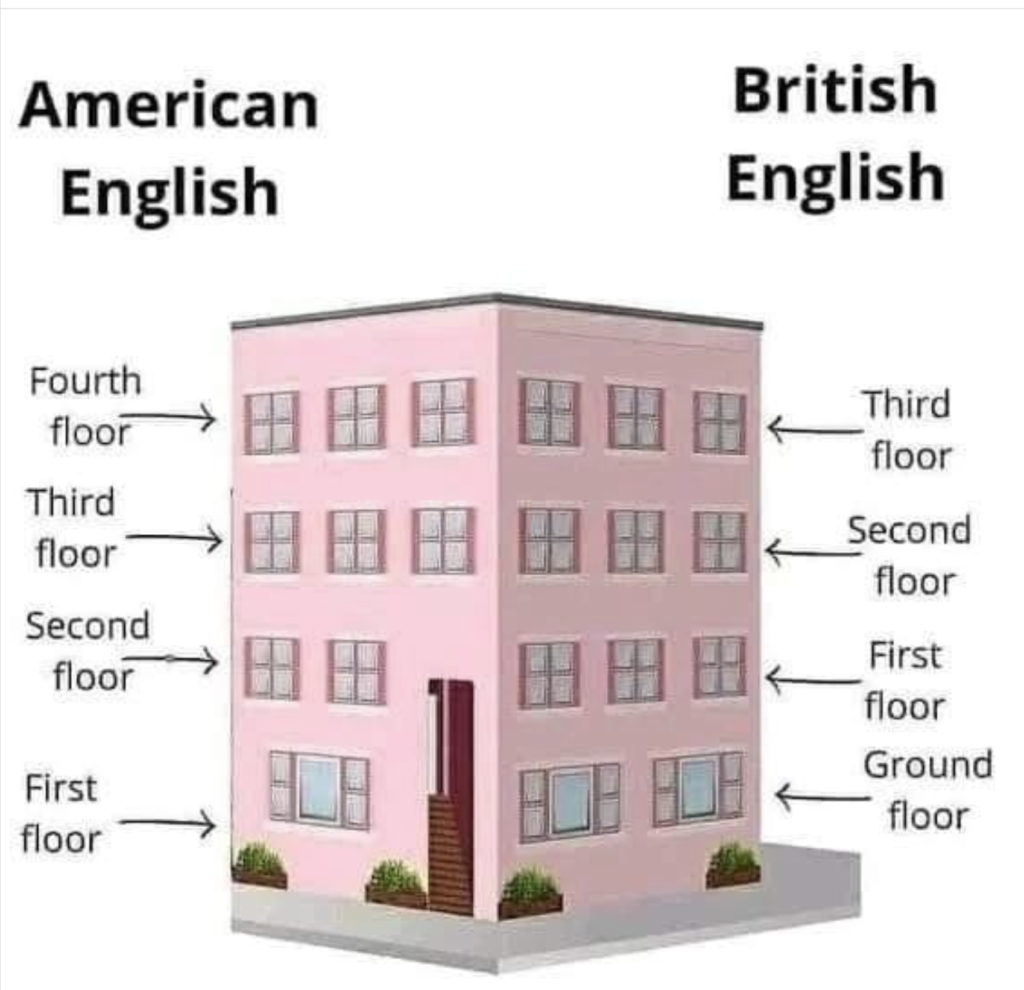
Cultural Differences



“Josh soon discovered who the camouflaged prowler was. Game wardens from the Virginia Department of Wildlife Resources had sneaked onto his land to search for evidence of hunting violations.“
This is quite a story from the Institute of Justice. If you ever have questions as to who to donate to, this is the group to support.
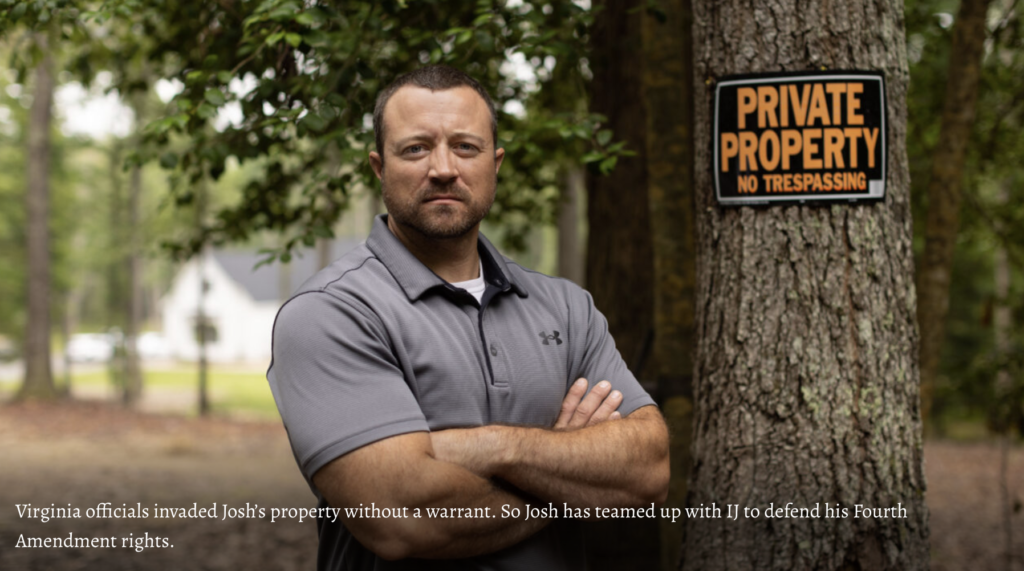
REPRINT:
Josh Highlander bought 30 acres of land in Virginia at the end of a quiet residential street lined with single-family homes. He built a home there surrounded by woods. And he posted “no trespassing” signs around the perimeter of the property. Surely that was enough to secure his family’s right to privacy and seclusion on their own land, right?
Wrong, at least according to game wardens in Virginia and around the country. Ironically, they see the very things that most people think of as sources of privacy—like living on a large piece of property surrounded by nature—as an invitation to snoop on private land without a warrant. The U.S. Supreme Court greenlit these intrusions almost 100 years ago during Prohibition, when it held that the Fourth Amendment does not protect “open fields.” Under this misguided theory, the woods and fields around your home are not sources of seclusion but opportunities for government surveillance.
Josh found this out the hard way. His wife and young son were playing basketball in the yard when the ball rolled toward the woods. As Josh’s wife went to retrieve it, she noticed among the trees a stranger dressed in full camouflage. Alarmed, she rushed inside to alert Josh. By the time he got outside, the intruder was gone, but the violation of his family’s privacy remained. For weeks afterward, his son was afraid the stranger might be lurking in the woods again and wouldn’t go outside alone.
Josh soon discovered who the camouflaged prowler was. Game wardens from the Virginia Department of Wildlife Resources had sneaked onto his land to search for evidence of hunting violations. Earlier that day, game wardens had accused Josh’s brother of hunting over bait (an accusation he denies) miles away in a different county. Josh has never been cited for violating hunting regulations, but that day his family ties apparently cast suspicion on him, too.
What happened to Josh and his family is no aberration. Around the country, game wardens and other law enforcement routinely trespass on private land without a warrant to hunt for evidence. A key goal of IJ’s Project on the Fourth Amendment is to put an end to these warrantless intrusions onto private land. Our suit protecting Josh’s privacy under the Virginia Constitution joins IJ’s growing body of work fighting similar warrantless searches of open fields under the Pennsylvania and Tennessee constitutions.
As more state courts reject the misguided open fields doctrine, we hope to eventually persuade the U.S. Supreme Court to abandon the doctrine, too. But whether in federal court or state by state, we’ll continue this fight until all Americans regain their right to be secure against warrantless searches of their private land.
Joe Gay is an IJ attorney.

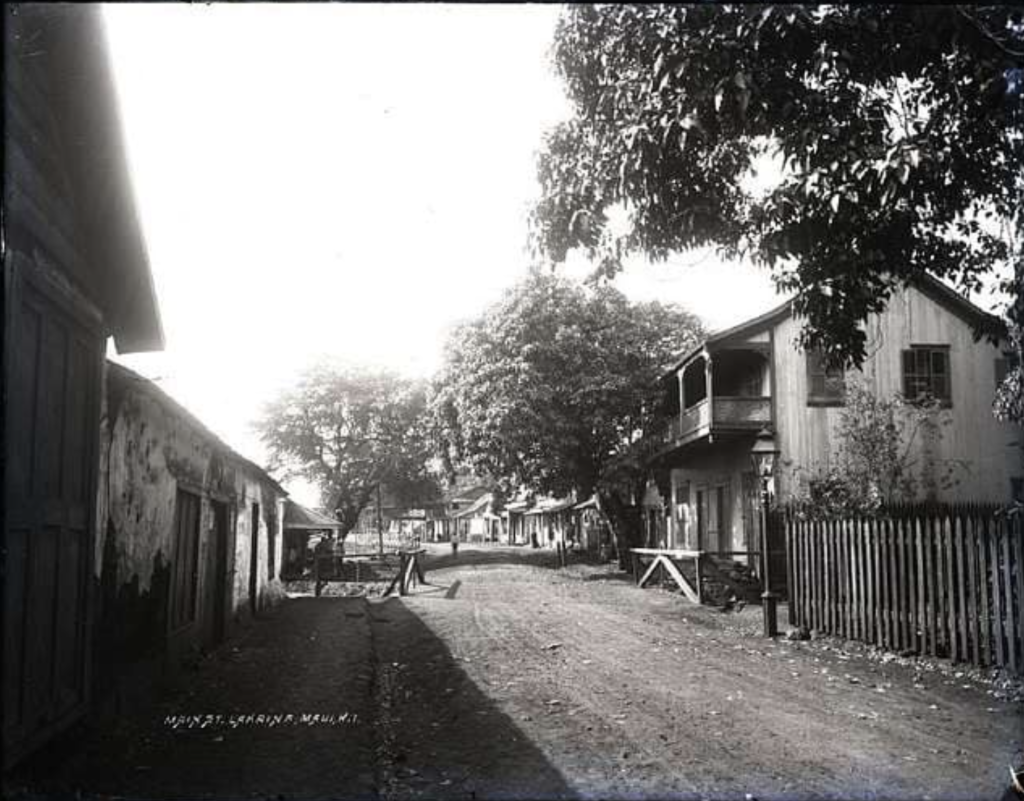
Photo by Brother Bethram. Circa unknown.
Small town politics involving a independent newspaper, search warrant, dead mother, police chief and so on appear to trample basic civil rights.
Alleged abuse of power by Marion County, Kansas City’s Police Chief, Deputy Prosecutor, and Judge for Search Warrant on the Marion County Record office and Editor’s home.

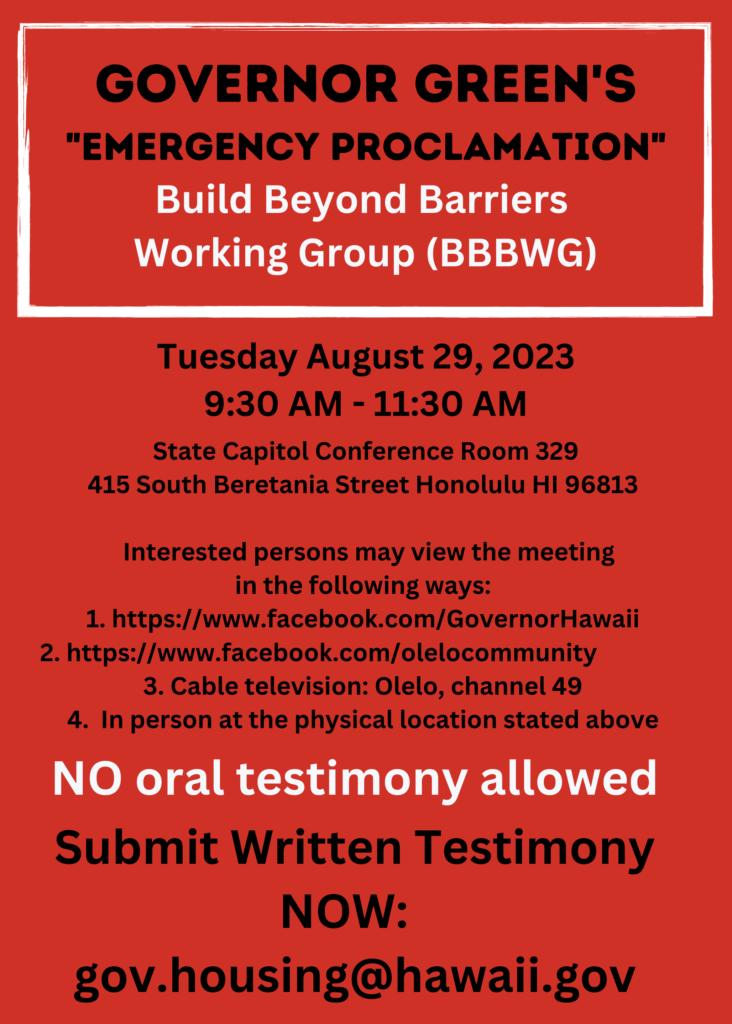
Interested persons may view the meeting in the following ways:
Testimony
Interested persons can submit written testimony in advance of the meeting, which will be distributed to the working group members before the meeting. Written testimony should be submitted no later than 24 hours before the meeting to allow members to review it in advance.
Late written testimony will be retained as part of the record and will be distributed to theworking group members as soon as practicable, but we cannot ensure they will receive it in sufficient time to review it before the agenda item goes into decision making.
Oral testimony will not be accepted.
Submit written testimony: Via U.S. Postal Mail: Nani Medeiros, Lead Housing Officer, 415 South Beretania Street, Room 415 Honolulu, Hawai’i 96813; or
Via Email to: gov.housing@hawaii.gov Include the word “testimony” in the subject line and reference the agenda item that your testimony relates to.
AGENDA
I. Call to order
II. Lead Housing Officer’s (LHO) opening remarks to the BBBWG, providing an updated
perspective on the working group’s role in the context of housing and the redevelopment of
Lahaina.
Ill. Project Proposals to the Lead Housing Officer
A. Department of Hawaiian Home Land’s (DHHL) request for the LHO’s determination to
develop the following for beneficiaries: 1) Honokawai Water System, including source
and transmission to support housing in the Villages of Leiali’i and DHHL property in
Honakawai; 2) Villages in Leiali’i; 3) Wailuku Single-Family Residential homestead; and 3)
Waiehu Mauka Homestead in response to an increased need for housing on the island
of Maui due to the wildfires.
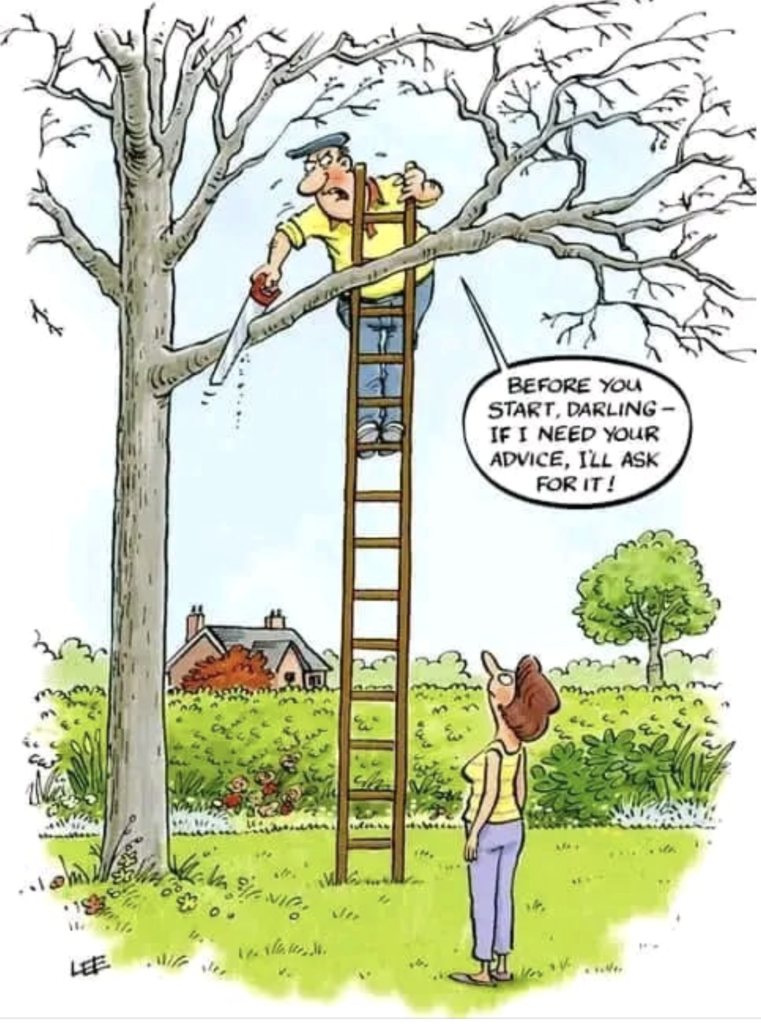
The massive fire destroyed historic Lahaina Town on hot dry August 8, 2023.
In the midst of great devastation, grief, and confusion, Governor Green threw more fuel to the atmosphere of great mistrust towards his known pro-development agenda with his public remarks. The swift action of removing a prominent pro-native-water-rights Hawaiian employee from his state position creates more suspicions of political exploitation.
This state employee has been hastily vilified on the superficial social media around the world. But this issue demands more more effort to investigate and analyze. An educated conclusion can only be made through understanding the history of water rights in a much broader context.
Washington Post’s Reporters Elahe Izadi and Zoeann Murphy did their homework and provided the broader context. Here are some excerpts:

He (Ku’uleialoha Palakiko) and other Native Hawaiians in Maui have spent years fighting for a greater say in how one of their most valued resources— water — is diverted and allocated. Now, in the wake of wind-whipped blazes that ripped through Maui, they say they are being scapegoated by Hawaii government officials and developers, who say water needs to flow more freely for fire protection.
The day after the fire, the administration of Hawaii Gov. Josh Green (D) asked the state Supreme Court to relax stream flow limits in centralMaui to free up more water for fire suppression.A high-ranking state water commission official was reassigned after a prominent developer claimed his request to fill a reservoir in anticipation of fires was delayed. Two residents sued Monday over the reassignment.
Hōkūao Pellegrino, a farmer in Waikapu, said the fire and what he sees as the resulting blame game are being used to “undo all of the work that our communities have fought so hard and advocated so hard to do.” The result, he added, could undermine Native Hawaiian efforts “to ensure that our landscape is no longer that barren, dry, arid, fire prone region that it has become.”
It’s long-simmering issue — with roots in Lahaina’s plantation days — and it has escalated in the aftermath of the deadliest U.S. wildfire in the last century.
Developers say that some regulations have hampered efforts to fill reservoirs with water that could be used to protect Lahaina homes and subdivisions.
Since the fire,Gov. Green has repeatedly highlighted the ongoing water conflict on Maui in remarks to reporters. He has suspended portions of the water code “necessary to respond to the emergency,” and has signaled he may further relax water regulations throughout West Maui.
Green has acknowledged that using water for cultural purposes is important, but has said the “stalemate” over water policy has left dry areas of the island vulnerable to blazes. His office did not respond to inquiries from The Washington Post.
The governor directly addressed water activists during a live-streamed interview with a Honolulu-based news site, Civil Beat: “Look guys, we just lost lives because we don’t have a water policy or a statewide plan that protects the land from burning.”
He also has said that “people have been fighting against the release of water to fight fires” — a comment that has outraged community members who say it’s a misrepresentation.
“In my eight years on the water commission, I never heard, in a single hearing, that testimony from anyone in the community,” said Kamanamaikalani Beamer, who served two terms on the state’s water commission starting in 2013.
He added that the Native Hawaiian community around Lahaina “has fought for literally generations to seek justice and balance for the streams and the community and other usages.”
“In an emergency crisis, we’re jumping back to old paradigms that didn’t work for that place, and that brought us to this point.”
Although each U.S. state has its own rules, water is a public trust in Hawaii, a legacy of its days as a sovereign kingdom. The State Commission on Water Resource Management sets standards for the amount of water that must flow through streams; citizens can petition over those.
The legal framework around water rights has “been one of the few tools available to Native Hawaiians to fight against the commercial forces that have been bearing down on the islands for the last 50 years,” said Jonathan Scheuer, a water policy consultant and co-author of the book “Water and Power in West Maui.”
Lahaina, once a capital of the Hawaiian kingdom, has always been hot. But before Western occupation, it was an abundant agricultural landscape with lush wetlands. An inland pond surrounded Moku’ula, a tiny island that was home to Hawaiian royalty.
Struggles over water management heightened with land privatization in the 19th century. Ancient waterways and irrigation systems established by Hawaiians were diverted for the sugar cane plantations that took over large swaths of land in West Maui.Sugar cane, which gave way to tourism in the 20th century, dried out the landscape. A dried up Moku’ula was filled in, and then later buried beneath a baseball field.
The latest controversy began the day after the fires. Glenn Tremble, a West Maui Land executive, wrote to the state water commission complaining thata request to divert water to a company reservoir was delayed for several hours after an agency official told him to first check with a downstream taro farmer, per regulation.
Tremble told The Post that the company’s subdivisions rely on the reservoir water for fire suppression, and that the company issueda preemptive request ahead of an unpredictable blaze. In the moment, he argued, it was unclear whether helicopters could dump water on hotspots, like they did during a November 2022 fire in an area above Lahaina when the Maui Fire Department tapped company reservoirs.
“Based on experience, we knew that flare ups happen, wind strength and direction changes, fires spread quickly, our reservoir levels were low and water from our reservoirs is used by [the Maui Fire Department] for fire control,” Tremble wrote to The Post via email. He added the company needs to have water available to the fire department before firefighters need it. “We also knew that having water for individual homes for irrigation and fire suppression can help to slow or stop fires.”
Critics say filling the developer’s reservoirs with water would not have helped put out the fire in Lahaina. The hydrant system in Lahaina is supplied by the county water system, according to the fire department. And high winds made it too treacherous for helicopters to pull water from reservoirs to drop water on hotspots, as they have done in the past.
In his letter to the commission, Tremble acknowledged “we cannot know whether filling our reservoirs at 1:00 p.m. (as opposed to not at all) would have changed” the outcome. He asked to lift rules on water flow to fill their reservoirs in the area during this emergency period, and “other regulations.”
It became a political controversy after local media published the letter. The water commission official was “redeployed” to allow the agency to “focus on the necessary work to assist the people of Maui recover from the devastation of the wildfires,” the Department of Land and Natural Resources said in a statement. The agency cautioned against suggesting the official “did anything wrong.”
Loneliest House in the World, Iceland by Hörður Kristleifsson
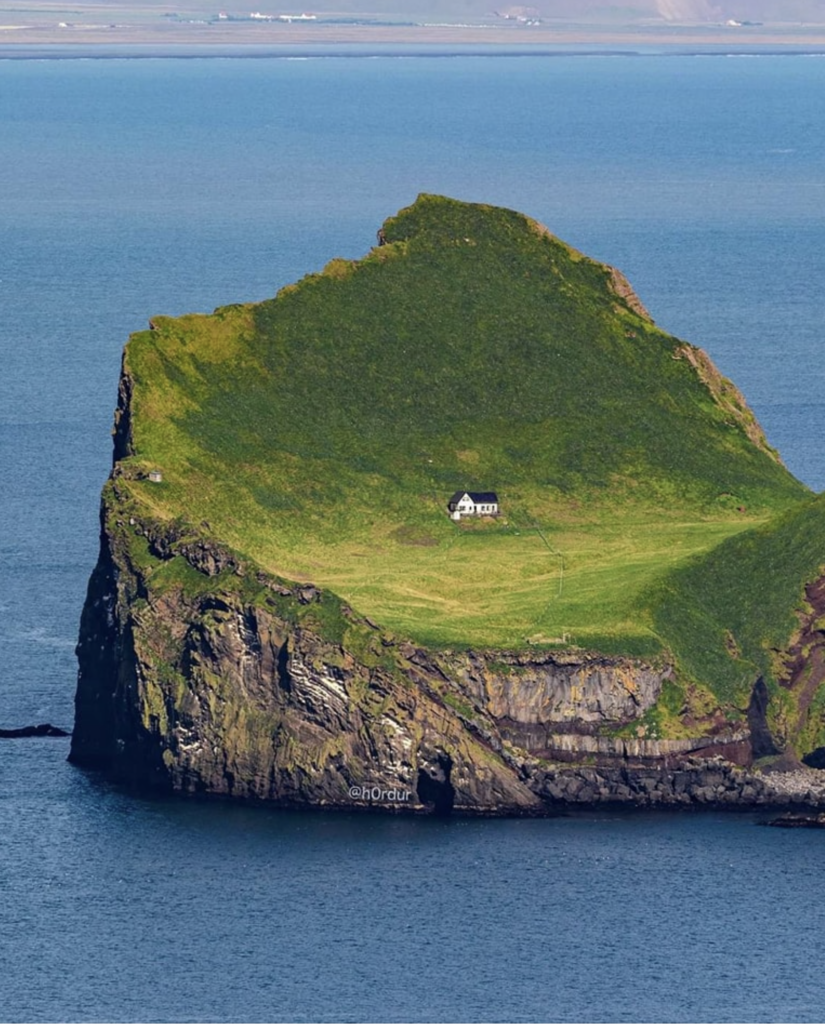
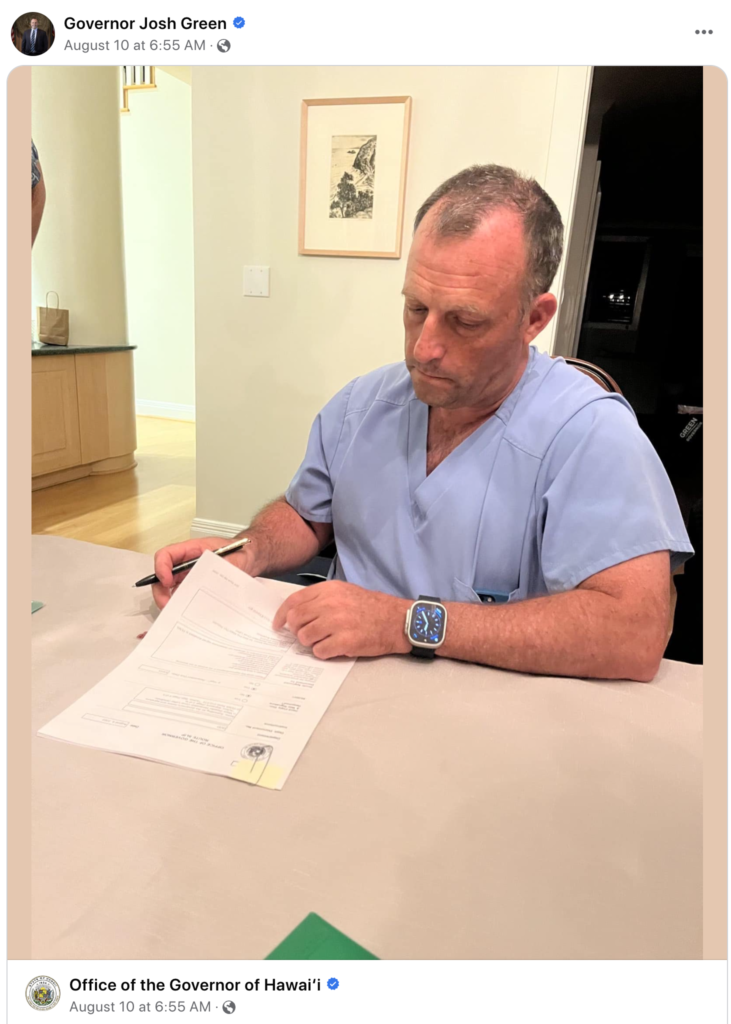
“Early this morning, Governor Green, M.D., reviewed and signed the State of Hawai`i’s major disaster declaration request which was transmitted to the White House for Presidential approval. Moments ago, POTUS approved the declaration request. This will unlock the full power and support of the federal Government which includes disaster relief resources and direct financial support for our communities. The Green administration worked through the night in direct contact with our White House partners to get this much needed relief for our communities.“